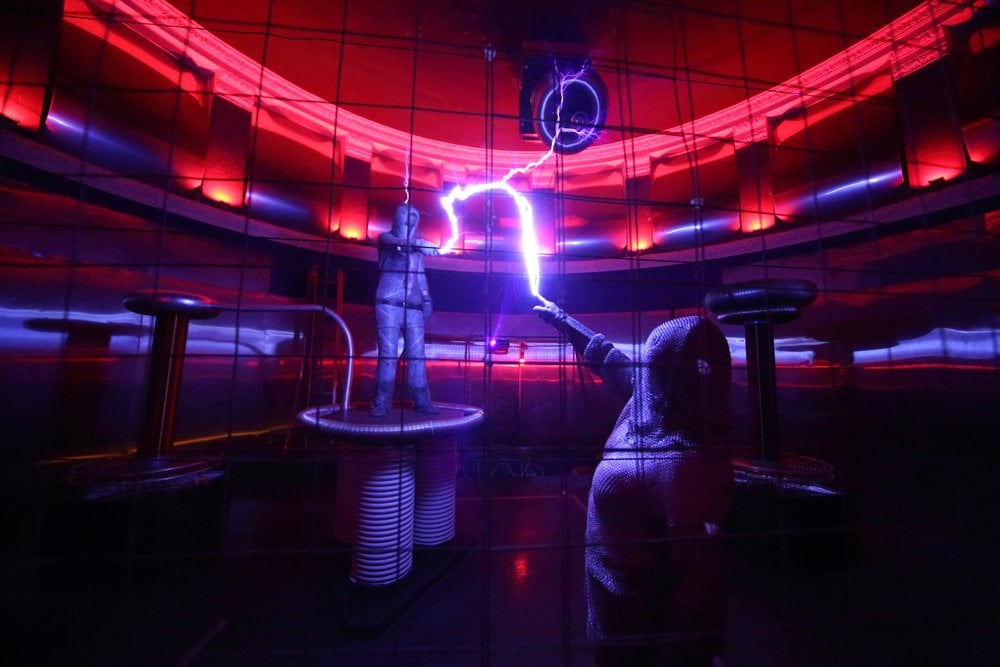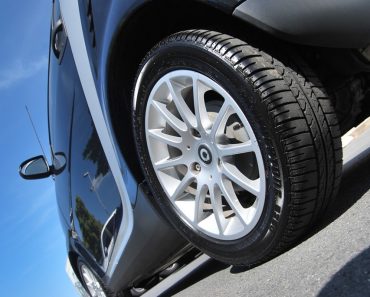Too tired to read? Listen on Spotify:
No, being inside a car does not fully protect against lightning strikes. Rubber is a great insulator, but it is not enough against one of nature’s most powerful forces.
Numerous claims about the effects of lightning exist, confusing the public about what is factual.
We have previously dispelled several misconceptions about lightning, such as the notion that metal piercings attract lightning, the belief that staying indoors during a lightning strike puts you in harm’s way, and the idea that glass is formed when lightning strikes sand.
Now, we will examine another claim related to lightning, which suggests that you are entirely safe inside a car during a lightning strike because rubber tires provide insulation against electricity.
Recommended Video for you:
Are You Completely Safe Inside A Car During A Lightning Storm?
No.
It is commonly believed that being inside a car can protect you from lightning strikes due to the rubber tires. However, this is not true.

While rubber is a great insulator, it cannot necessarily withstand the enormous electric current of a lightning strike. Although rubber may prevent electricity from passing through, it cannot guarantee 100% protection against one of nature’s most powerful forces.
Why Can’t Rubber Tires Do Much To Protect You?
Did you know that a bolt of lightning carries an enormous amount of electric current? It’s so strong that it can increase the temperature of the air around it by several thousand degrees. As it travels to the ground, it passes through thousands of feet of air, which offers some resistance to the electric current.
Due to this resistance, the electric current encounters net resistance from the many layers of air it has traversed, which is much higher than the resistance posed by the few inches of rubber in your car’s tires.
Hence, it’s unlikely that a bolt of lightning, which has already traveled several kilometers through the air, will be stopped entirely by your car’s tires.
What Actually Happens When Lightning Strikes Your Car?
Lightning can hit a car, and its occupants can survive unharmed. However, the tires do not provide much protection against a lightning bolt. Instead, it is the metallic frame of the car that offers some degree of safety.
When lightning strikes a car with a metallic roof, the electricity flows around the outside of the car, and most of it runs into the ground. This is known as earthing. Essentially, the car acts as a Faraday cage, protecting the people inside from the effects of the lightning strike.
A Car Acts As A Faraday Cage

A Faraday cage, or a Faraday shield, is a container made of conductive material or mesh. It can prevent external electrostatic and electromagnetic influences from entering the enclosure. If a powerful electric current strikes the cage, it conducts electricity and directs it to the ground, ensuring that the person inside the cage is completely safe from harm.
If a strong electricity bolt hits this cage, the cage acts like a lightning rod. It makes sure that the electric charge travels around the outside of the cage and down into the ground – similar to how a water slide directs water from top to bottom. So, everything inside the Faraday cage, like a person or a device, stays safe and unharmed, even if a strong electrical shock hits the cage itself.
Although a car struck by lightning is a mobile Faraday cage, in theory, some factors can affect its effectiveness. For instance, if the metal used in the car’s frame is substandard, it can compromise the cage’s ability to protect the passengers. Convertibles are also a concern because they lack a metal roof.

To guarantee 100% safety against a lightning strike, you can do… well, nothing. No magic trick can ‘guarantee’ your safety. However, it’s not as if everyone is killed as soon as they are stuck by lightning; there are umpteen cases of people’s miraculous escapes from certain lightning-induced deaths!
Your best bet is to stay indoors, take a few wise precautions, and pray that lightning does not strike when you’re taking a stroll through an empty cornfield.
Last Updated By: Ashish Tiwari
References (click to expand)
- RSHQ Lightning Strike Hazard in Mining Report.
- A Faraday Cage Exploration:.
- Lightning Safety in a Thunderstorm | Physics Van | UIUC.
- Alkhteeb, S. A. M., Oho, S., Nagashima, Y., Nishimura, S., & Shimizu, H. (2017, March 28). Risks of Lightning to Automotive Occupants and Electrical/Electronic Systems. SAE Technical Paper Series. SAE International.
- Kuan, T. H., & Chew, K. W. (2019, November). Analysis of Lightning and Surge Protection for Float Ground System. 2019 1st International Conference on Electrical, Control and Instrumentation Engineering (ICECIE). IEEE.













